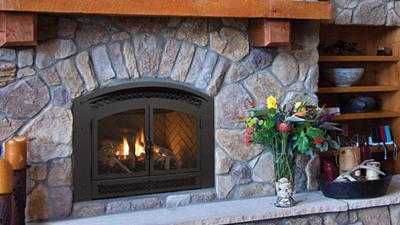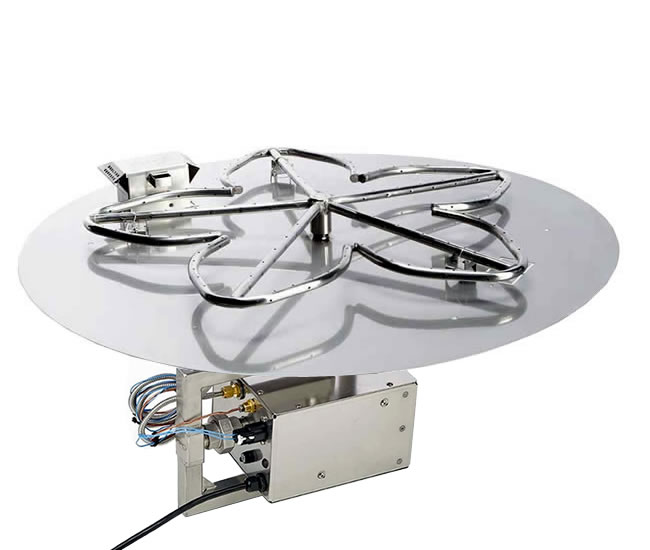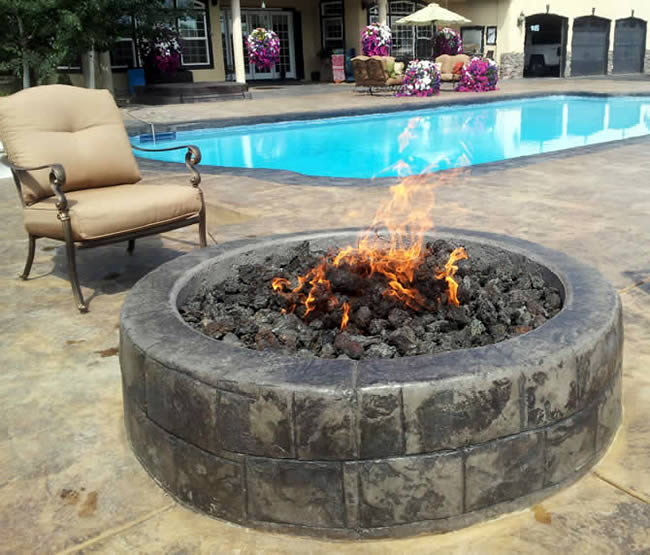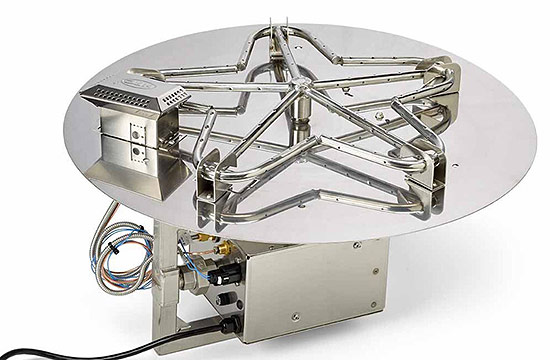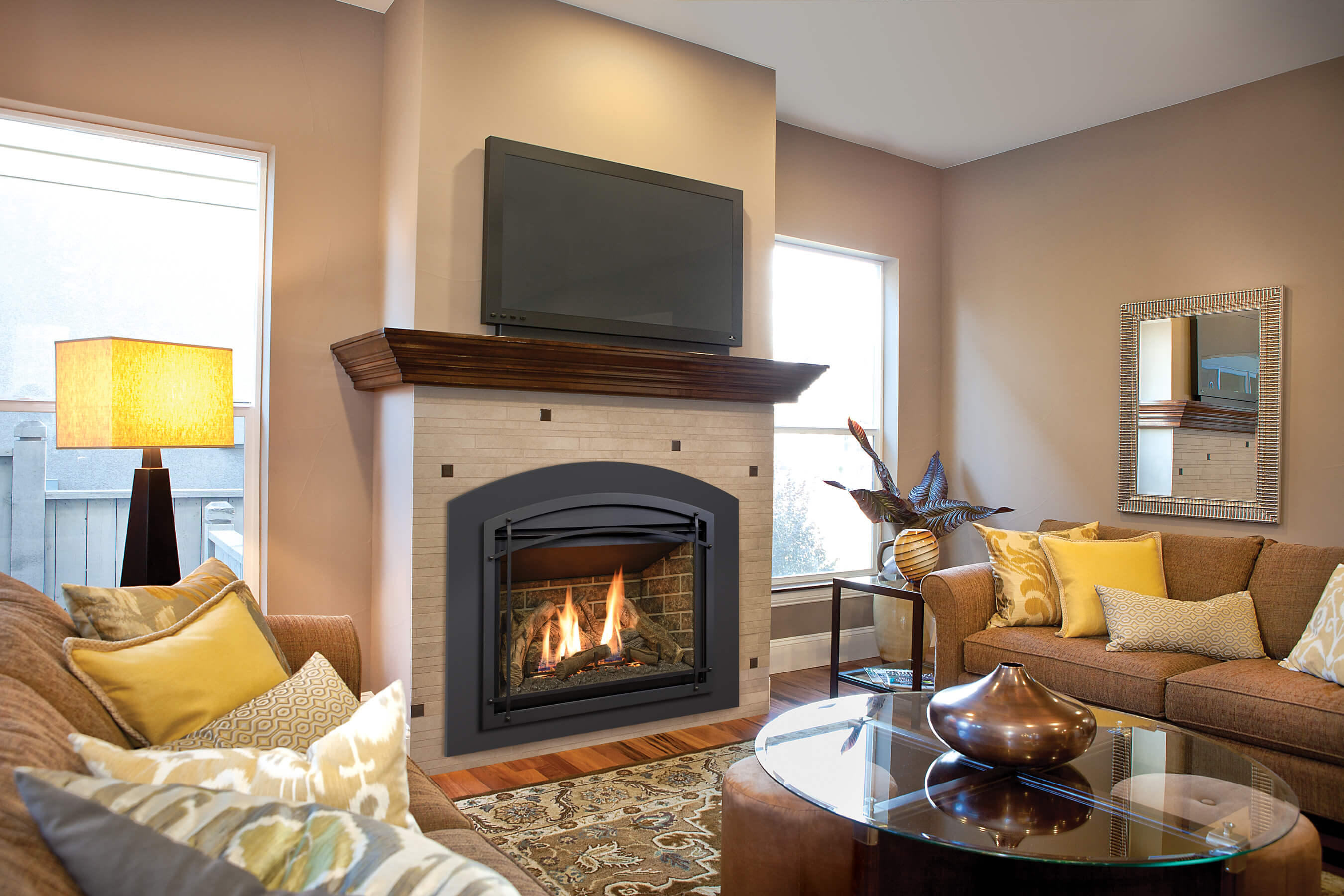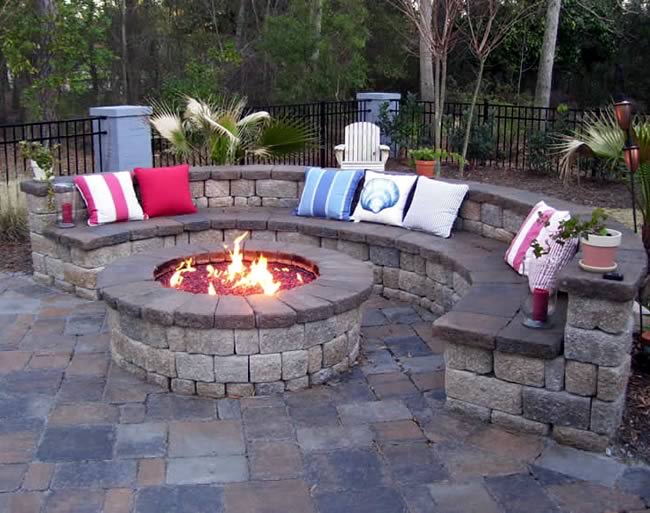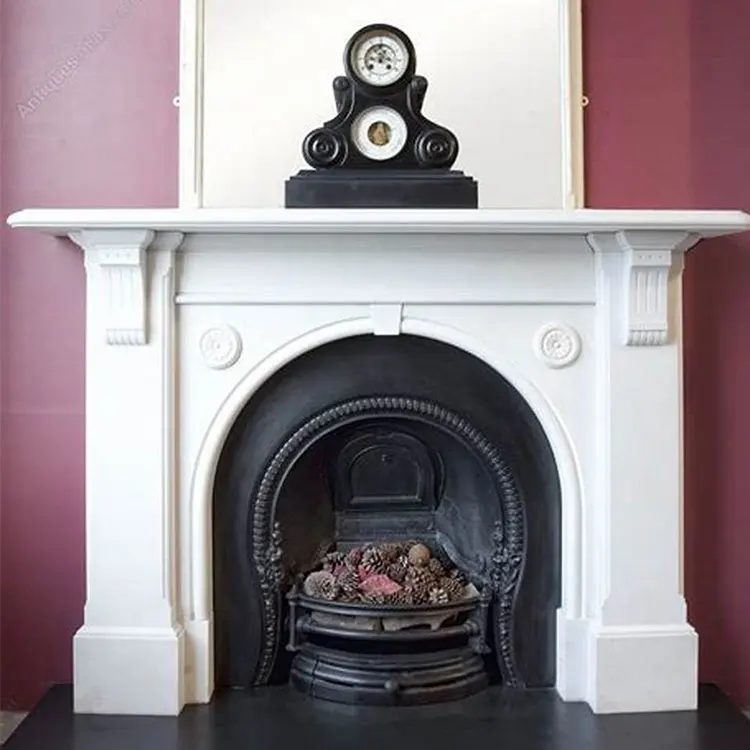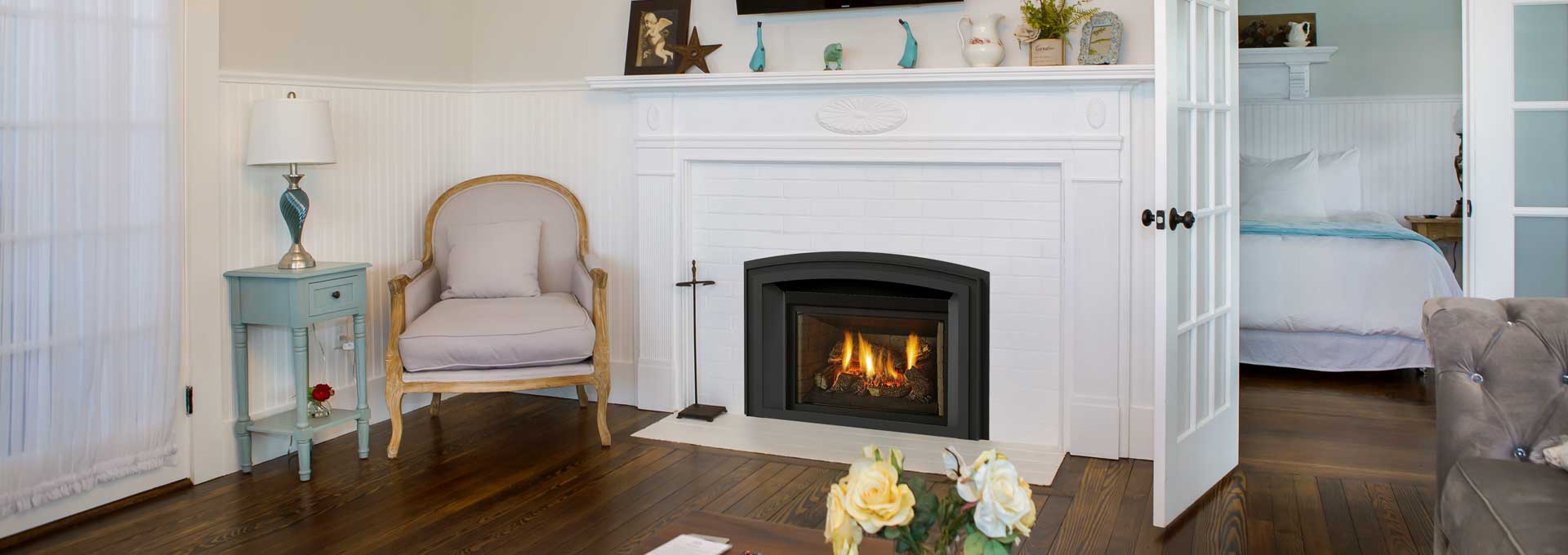Round gas fireplace inserts bring a unique combination of functionality and visual appeal to any living space. These modern heating solutions are perfect for homeowners looking to add warmth without the bulky look of traditional square or rectangular inserts. The circular shape creates a softer, more inviting aesthetic that works well with a variety of interior styles—from sleek and modern to cozy and rustic. Because they are gas-powered, these inserts offer clean, efficient heat with the convenience of push-button operation or remote control. In this article, I’ll break down everything you need to know about round gas fireplace inserts so you can make an informed decision.
What Are Round Gas Fireplace Inserts?
Round gas fireplace inserts are specially designed units that fit into existing fireplaces or custom enclosures with a circular or curved design. Unlike traditional inserts, the round shape adds a sculptural quality to the fireplace, becoming a standout feature in any room. These inserts typically use either natural gas or propane as fuel and come with sealed combustion systems to ensure safety and efficiency.
Many homeowners choose round inserts for their aesthetic appeal. The shape encourages a more natural, panoramic view of the flame, making the fireplace a centerpiece rather than just a heat source. It’s not just about looks, though these units are often engineered for high performance, offering impressive heat output without compromising on energy efficiency.
Installation of a round gas fireplace insert usually requires professional help due to venting, gas line connections, and safety checks. These inserts can be placed into existing masonry fireplaces with proper sizing or installed in specially built surrounds. Thanks to modern manufacturing, they come in a variety of styles, finishes, and sizes to suit different architectural needs and preferences.
Benefits of Choosing a Round Design
The circular shape of round gas inserts naturally draws the eye and adds a contemporary edge to any room. Whether placed in a corner, against a wall, or built into a freestanding column, the design stands out. It also provides a 180- to 360-degree viewing angle, depending on the model, offering a full, mesmerizing view of the fire from multiple points in the room.
From a functional standpoint, round inserts can distribute heat more evenly across a space. The combustion chamber is typically deeper or more compact in shape, allowing the heat to circulate in a more efficient pattern. This makes them great for smaller spaces or open-concept layouts where even heating is essential for comfort.
Another key benefit is the safety and cleanliness of gas combustion. Unlike wood-burning fireplaces, there are no ashes, soot, or flying embers to worry about. Sealed glass fronts and direct venting systems help maintain indoor air quality while still allowing you to enjoy the natural flicker of flames. It’s a practical yet stylish solution for modern living.

Key Features to Consider
When selecting a round gas fireplace insert, I always recommend checking for adjustable flame controls. These let you customize the fire intensity and heat output based on your needs. Some models even come with programmable thermostats or timers, giving you full control over comfort and energy consumption.
Vent type is another major consideration. Most round gas inserts use either direct vent or ventless systems. Direct vent units pull in outside air and expel exhaust through a sealed system, making them ideal for tightly sealed homes. Ventless models are easier to install but may not be allowed in all jurisdictions due to local building codes.
You’ll also want to think about the visual options like interior firebox linings, ember beds, and log styles. Whether you prefer a traditional oak log look or a modern glass bead setup, there are plenty of choices to reflect your taste. Many models also come with customizable faceplates or surrounds to help the unit blend seamlessly into your interior design.
Installation and Maintenance Requirements
Installing a round gas fireplace insert isn’t usually a DIY task. You’ll need a certified professional to handle gas lines, proper venting, and sealing the unit for safe operation. Many municipalities require a permit and final inspection, so it’s best to hire someone familiar with local codes and regulations.
The actual installation time varies depending on the complexity of your setup. Retrofitting into an existing fireplace might take a day or two, while creating a new surround could require more extensive construction. Either way, professional installation ensures optimal performance, maximum safety, and a longer product lifespan.
Maintenance is relatively simple compared to wood-burning alternatives. Annual inspections are recommended to check for gas leaks, test pilot lights, and clean the glass and burner components. Many homeowners also choose to sign up for a service plan to keep their unit running efficiently year-round. Keeping the insert clean also ensures a clearer view of the flame and better air quality indoors.
Common Mistakes to Avoid
One of the biggest mistakes I’ve seen is choosing a unit that’s too large or too small for the space. Overheating or inefficient operation can happen if the unit isn’t correctly sized. Always consult with a professional or refer to the manufacturer’s BTU recommendations based on your room size and insulation level.
Another common issue is neglecting the venting requirements. Trying to force a ventless unit where it’s not permitted, or failing to properly vent a direct-vent model, can lead to code violations and health risks. It’s essential to match the venting method to your home’s structure and local safety guidelines.
Lastly, people often overlook aesthetics. A round gas insert is a visual feature as much as a functional one. Picking a style that clashes with your interior design or choosing an insert with limited customization options can diminish the visual harmony of your room. It’s worth taking the time to ensure your choice complements the rest of your space.
Are round gas fireplace inserts more expensive than standard ones?
Yes, they tend to be slightly more expensive due to their unique design and manufacturing complexity. However, the visual impact and often better viewing angles can justify the extra cost for many homeowners.
Can I install a round gas fireplace insert in a corner?
Absolutely. In fact, the round design is ideal for corners because it allows for better flame visibility from various angles. Make sure the unit is rated for corner installation and has the proper clearances.
Do these inserts require electricity to operate?
Most units do, especially those with electronic ignition, fans, or thermostatic controls. However, many models include battery backups to keep them running during a power outage.
What kind of maintenance do they need?
An annual inspection and cleaning are recommended. This includes checking for gas leaks, cleaning the glass and burner, and testing all controls. Regular maintenance extends the life of the unit and ensures safety.
Are round inserts suitable for outdoor use?
Some models are rated for outdoor installation, but you must confirm this with the manufacturer. Outdoor versions need weatherproof materials and often include protective covers or enclosures.
Can I switch from wood to gas using a round insert?
Yes, if you already have a wood-burning fireplace, it can often be retrofitted with a gas insert. You’ll need a gas line and possibly modifications to the firebox to accommodate the round shape, but it’s a common and manageable upgrade.
36 Inch Round Gas Fire Pit with Electronic Ignition 250,000 BTU
Diamond Fire Glass – Decorative Alternative to Fireplace Logs
The Gas Fireplace – Producing Warmth for the Entire Family
36 Inch Round Gas Fire Pit with Electronic Ignition 250,000 BTU
Gas Conversion Kit – Belgard Weston Round Fire Pit
Majestic Ruby Small 25″ Gas Insert
Europe Victorian Fireplace Insert Marble Arched Fireplace Mantel
Gas Fireplace Inserts Replace Old Wood Fires Regency
Related Posts:

